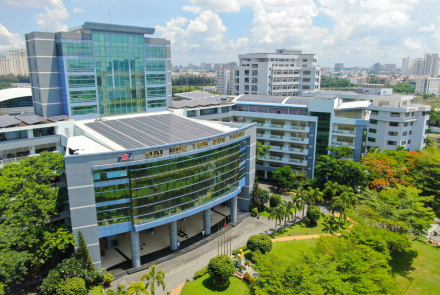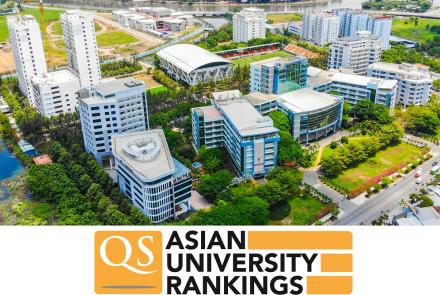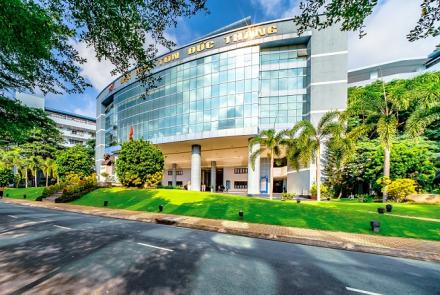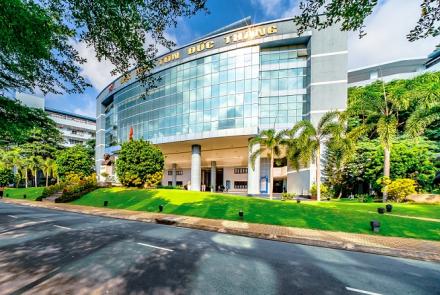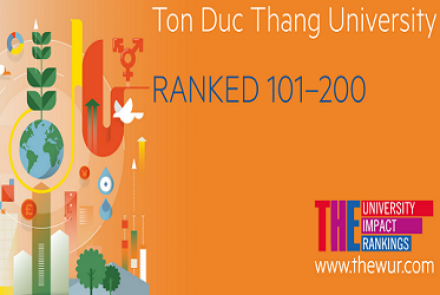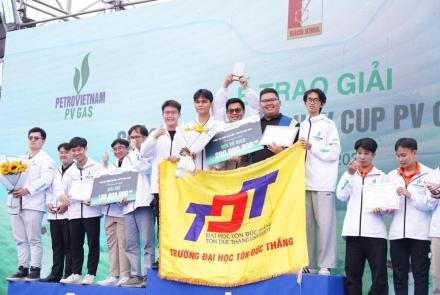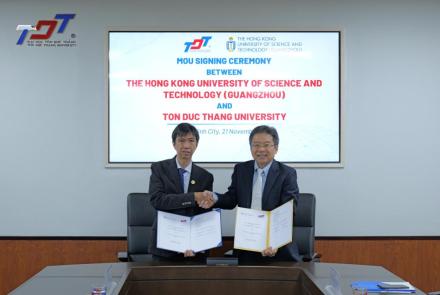Designing a sustainable energy system for rural areas
Electricity plays a very important role in people’s daily lives. However, the capacity of power plants is only able to support large cities. As a result, some rural areas still don’t have enough electricity to use for necessary everyday activities. According to the Southern Power Corporation (2018), more than 150,000 households that are mainly located in the rural areas of Mekong Delta region haven’t been connected to the national electricity grid (Figure 1). Some of the households mentioned are willing to pay higher price for electricity from the third party and the electricity is usually not stable and safe enough. The lack of fairness in electricity distribution between households nationwide is a motivation for the idea of designing a sustainable energy system for rural areas. This project is from lecturers and students of the Faculty of Environment and Labor Safety, Ton Duc Thang University (TDTU).
TDTU suggests using microgrid as a solution for this energy problem. It will combine different types of green energy efficiently. It is also suitable for the poor rural areas of Vietnam. According to Navigan Research, microgrid is an energy platform with distributed energy resources, load components and control systems. It works independently and as a separate electricity grid as in Figure 2. It will be activated on demand based on various inputs from other systems, e.g. during peak demand time for electricity. Electricity from microgrid will also be distributed efficiently.
The implementation of this project has been proposed by TDTU with four stages as follows (Figure 3):
(1) Introduce microgrid to the local households, determine suitable location where the energy resources (wind energy, solar energy, bio resources…) are available, cooperate with related party for carrying on the project.
(2) Evaluate the current electricity grid; replace outdated technologies.
(3) Implement the microgrid, employ latest technologies in managing the energy, replacing traditional energy resources (gas, fuel, fosil resources…) with the reusable energy resources (wind, solar, bio…).
(4) Enhance microgrid capacity and quality of the electricity for the need of rural areas in the future.
In the International Competition on Ideas for Environment held in Thailand on 29 August 2018, 15 countries worldwide participated in this. The idea and plan for designing a sustainable energy for rural areas got third place in the competition. This victory confirmed that the Microgrid Project of TDTU is feasible and effective for the development of the rural areas of Mekong Delta regions.





